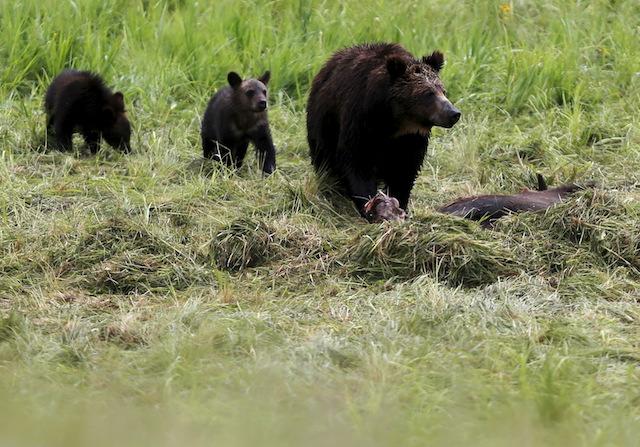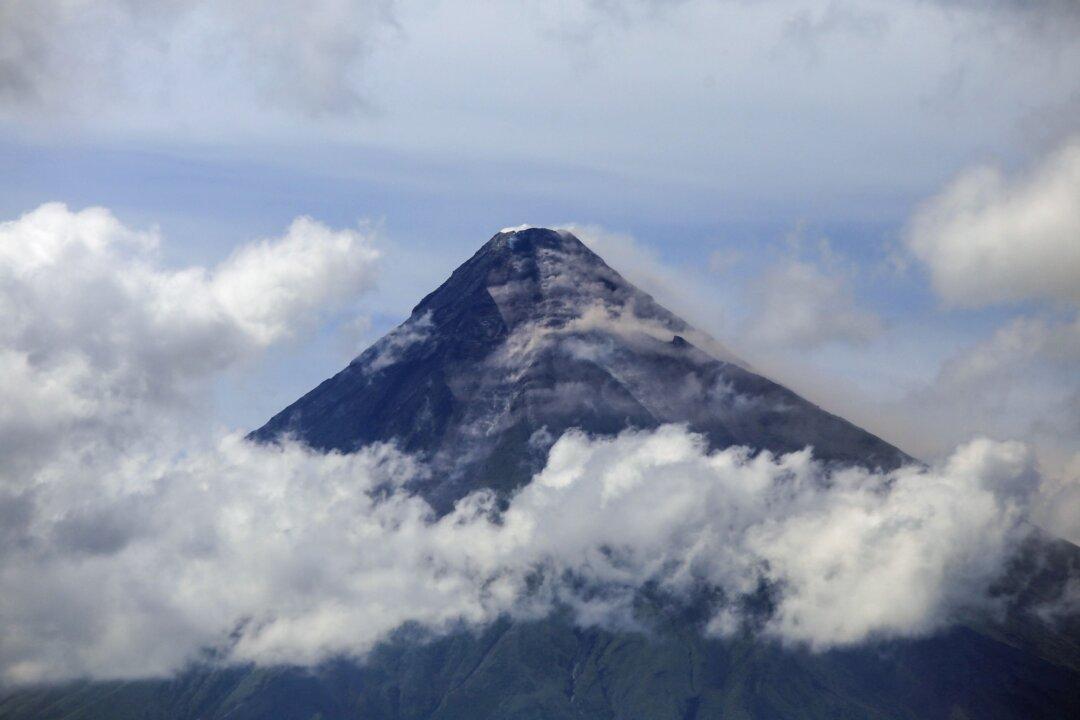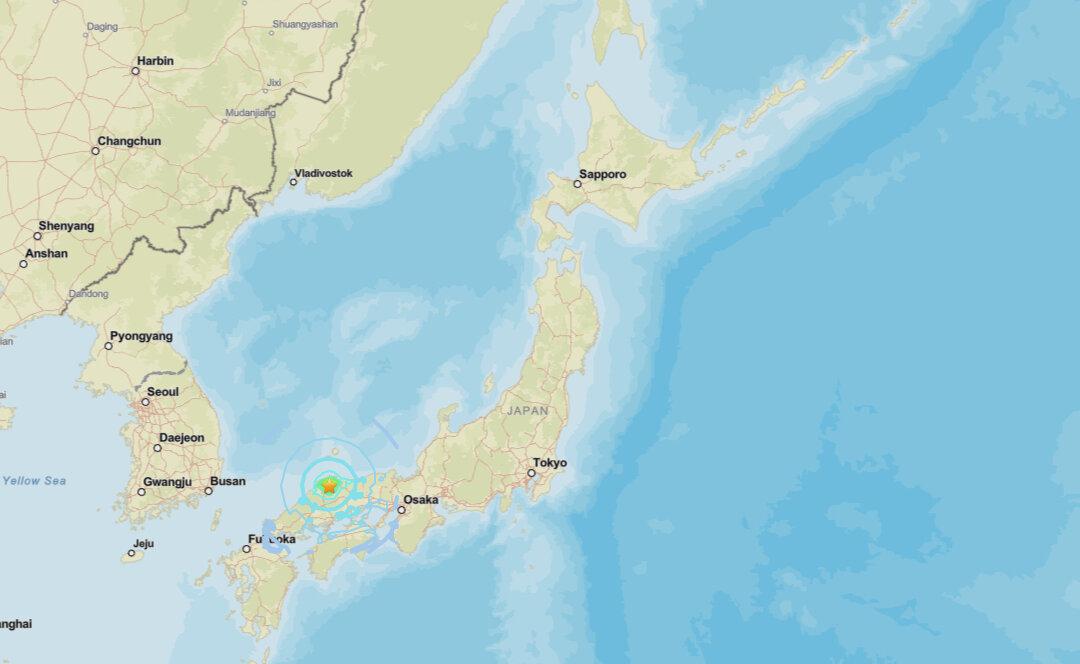PINEDALE, Wyo.—A U.S. judge this week will hear arguments in a case aiming to restore protections for Yellowstone area grizzlies or clear the way for trophy hunting of the famed bears for the first time in over 40 years.
The Trump administration last year removed the roughly 700 bears in and around the national park from the U.S. list of endangered and threatened species, saying the three states bordering the park could manage their populations. Two of those, Wyoming and Idaho, plan trophy hunts beginning Sept. 1.





